NEWS & Media
Articles
Udall Center News
Across North America: 12 International EMIGRA Fellows Will Collaborate in Communities to Improve Migratory Species Research Outcomes
The international EMIGRA research team studying cross-border conservation and governance of migratory species has selected 12 new Conservation & Cultural Research Fellows to engage directly with communities across North America.
Arizona Daily Star
Local opinion: U of A experts on saving migratory species
BY: Jonathan Derbridge, Cooper Gottfried,
Charles Chester and Laura López Hoffman
April 13, 2024
Our research group, EMIGRA, investigates how human governance affects migratory species in North America. One of the complexities of this work is that migratory species may require conservation efforts in one spot yet benefit humans economically in a distant place.
Image from the trailer for the 2023 movie, Migration, by Universal Pictures and Illumination
Common Dreams
Stop the Deforestation Express
BY Rodrigo Medellin, Juanita Sundberg, and Charles C. Chester
July 8, 2023
The U.S. should speak up against the Mayan Train that is harming workers, Indigenous communities, and biodiversity in Mexico’s Yucatán Peninsula.
NEWS
Bat sightings on the rise in southern Arizona
News 13 Tucson
Jun. 22, 2023
Summer’s here and the number of bat sightings in southern Arizona are on the rise. There are several months left to see them along the Rillito River, a popular spot for bat watching especially during the summer months.
The Daily Beast
Why Economic Justice for Indigenous Groups Is Vital
to Saving Endangered Species
BY Charles C. Chester, Laura López-Hoffman, and Juanita Sundberg
May. 14, 2023
We need to start realizing that the goals behind conservation and equity for vulnerable populations are intertwined.
Monarch butterflies spend the warm months migrating throughout the United States and Canada, before congregating in their mountain forest habitat in central Mexico to wait out the North American winter. While citizens of all three countries treasure the monarch’s presence, some of the highest costs of conservation have been “paid” only in Mexico.
Mount Saint Vincent University News
MSVU professor and students are part of international research team studying ecological issues facing migratory species
BY MSVU staff
April 2023
The project is connecting MSVU students with exceptional research and professional development opportunity.
Three students and a professor from MSVU recently embarked on a unique research trip to Tucson, Arizona, as part of an international tri-national interdisciplinary research project studying the connections between humans, nature, and migratory species.

Ana Nobre, Alyssa Babb, and Columba Gonzalez-Duarte
At a time when climate change and environmental change threaten the survival of migratory species, this project seeks to build a greater understanding of these systems toward conservation-focused interventions.
The Los Angeles Times
The parallel struggles of human and monarch migration
BY COLUMBA GONZALEZ-DUARTE
AUG. 19, 2022
In July, the monarch butterfly was added by the International Union for Conservation of Nature to its red list of threatened species, a recognition that the insect’s continuing decline could lead to extinction.
University of Arizona News
Summer is bat-watching season in Tucson: Here's what you should know.
Two University of Arizona experts talk about why Southern Arizona is a mecca for bats, share tips on how to best observe them, and clear up myths surrounding these fascinating creatures of the night.

Slide Presentation

























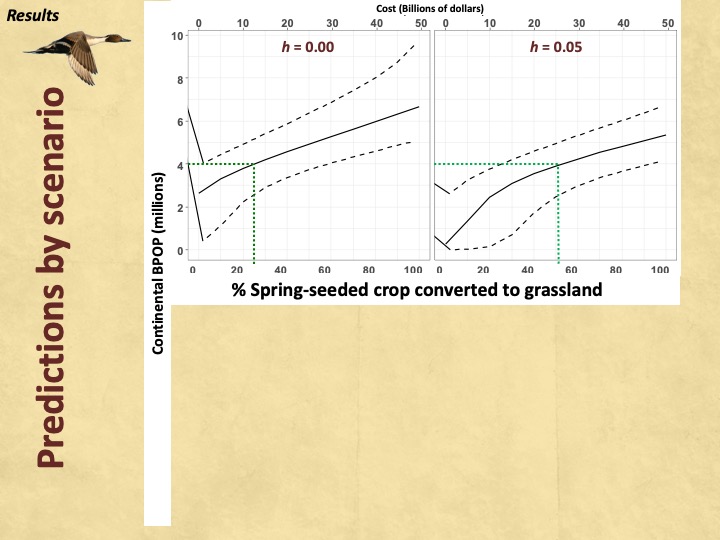

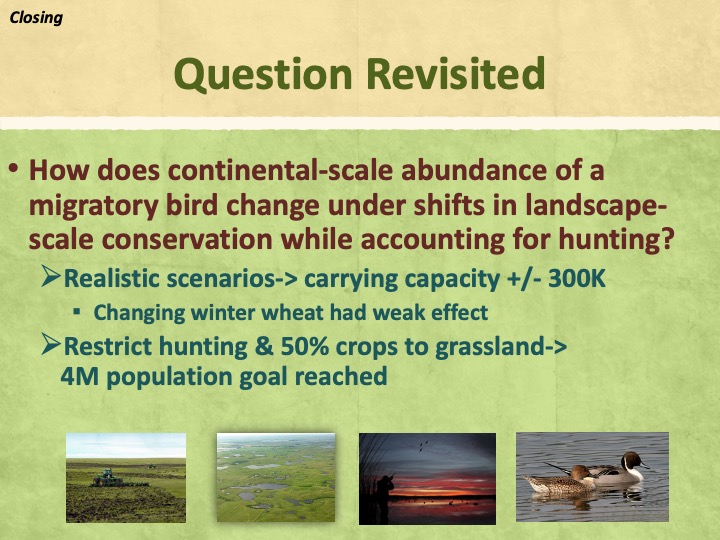


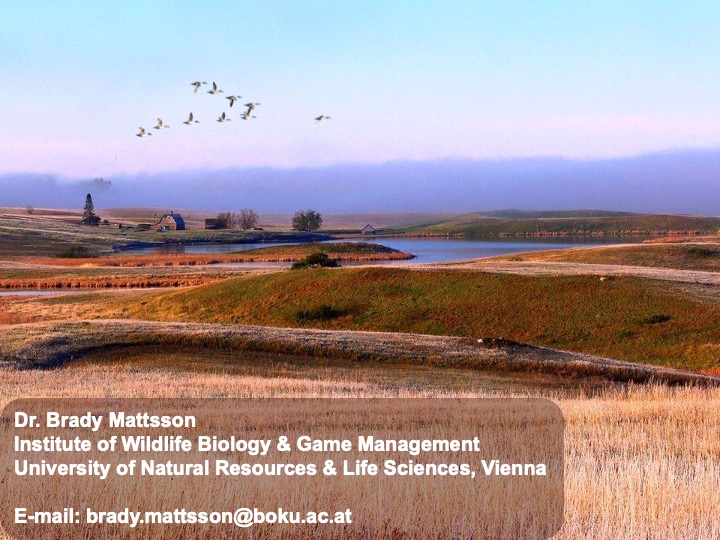



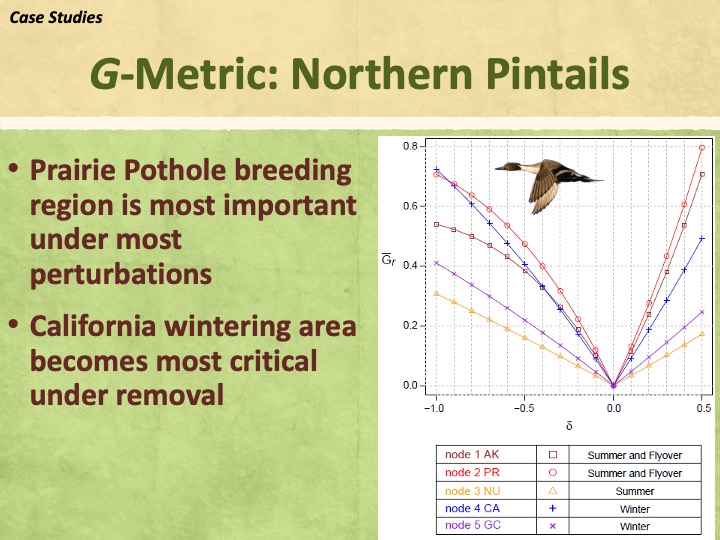


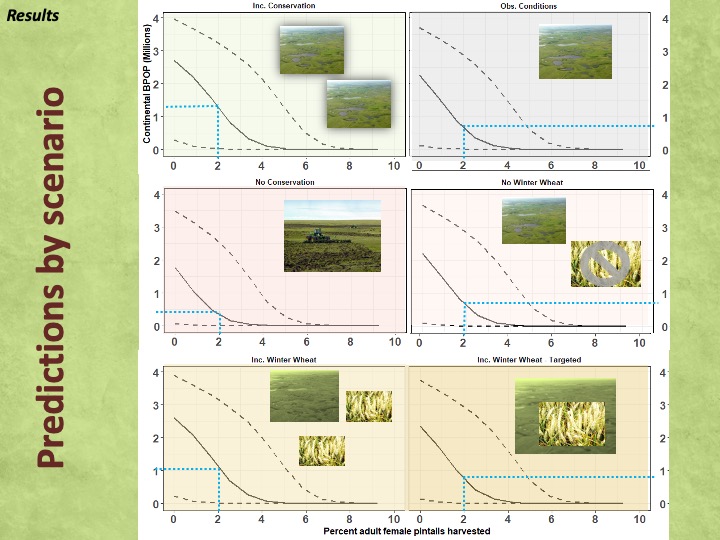

Linking landscape-scale conservation to regional and continental outcomes for a migratory species.
Scientific Reports 10:4968.
Video
See our short film (4:20) about the conservation of ecosystem services from migratory species. This film focuses on pest-control services provided by Mexican free-tailed bats. These bats overwinter in Mexico and females migrate for the summer months to the southwestern US where they gather in large maternity roosts and consume vast quantities of flying insects every night. This natural pest-control service has supported agriculture in the US/Mexico border region for generations.

